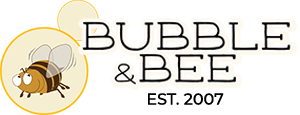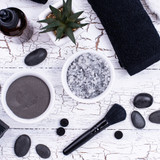Top Nine Reasons to Avoid Sodium Lauryl Sulfate
Sodium lauryl sulfate is a synthetic detergent that can be derived from natural sources and is manufactured in a multi-step process. First, the coconut oil fatty acids are reduced into lauryl alcohol. Sulfur trioxide or chlorosulfonic acid is added to the lauryl alcohol by a sulfation process.The mixture is then neutralized, often using sodium hydroxide, sodium carbonate, or sodium bicarbonate to form SLS. The SLS is then purified with one or more solvents, such as n-butanol, diethyl ether, or ethanol. [Source] Also known as sodium dodecyl sulfate, this widely used detergent has been controversial for years. Here are my top nine reasons to avoid sodium lauryl sulfate:
Toxic in Toothpastes
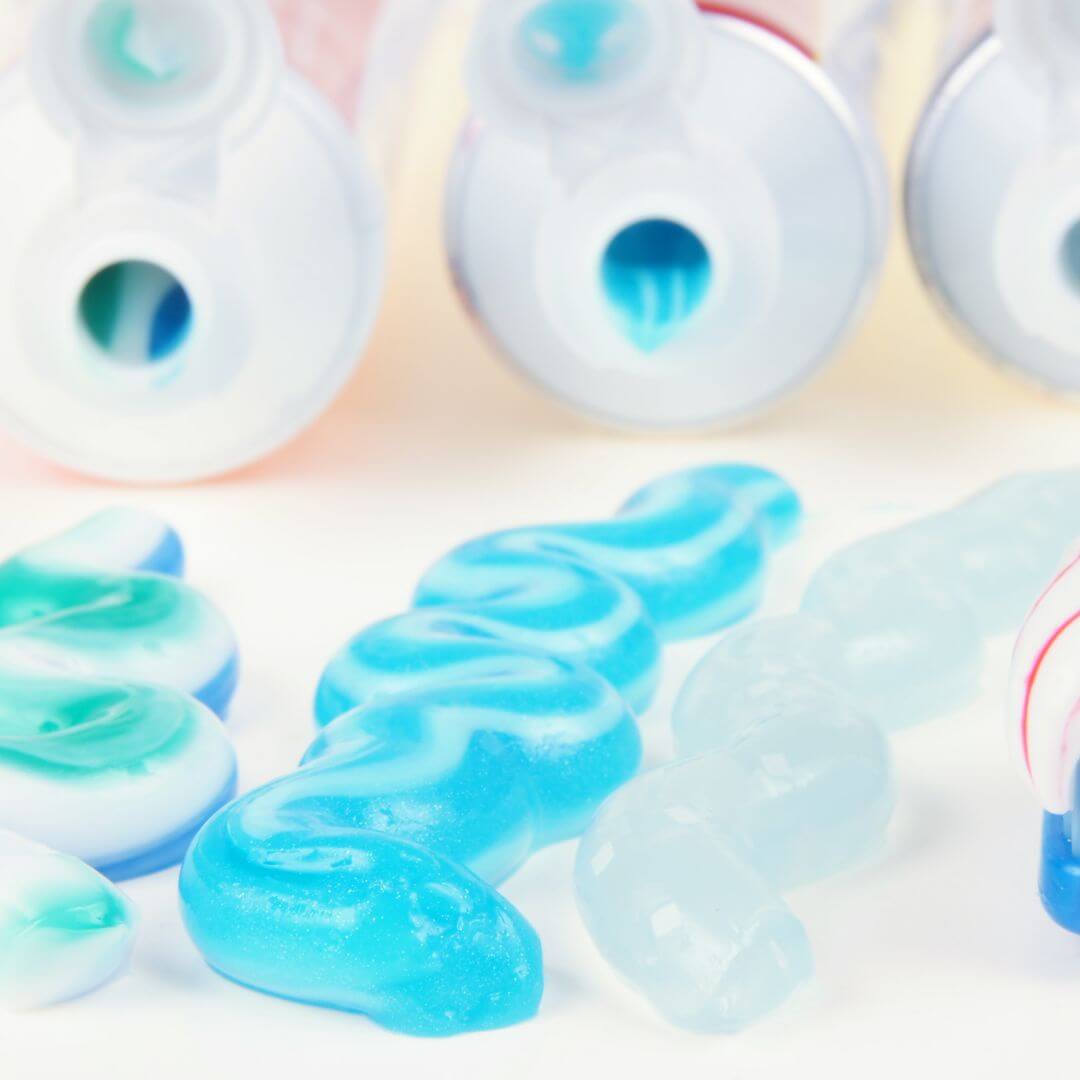
When used in oral products, SLS has been found to lead to irritation and desquamation of oral soft tissue. It may increase the incidence of mouth ulcers in susceptible individuals. It may also interfere with the ability for teeth to remineralize.
Sources:
http://www.ncbi.nlm.nih.gov/pubmed/8653493
https://pubmed.ncbi.nlm.nih.gov/8811135/
https://pubmed.ncbi.nlm.nih.gov/2160726/
Corrosive
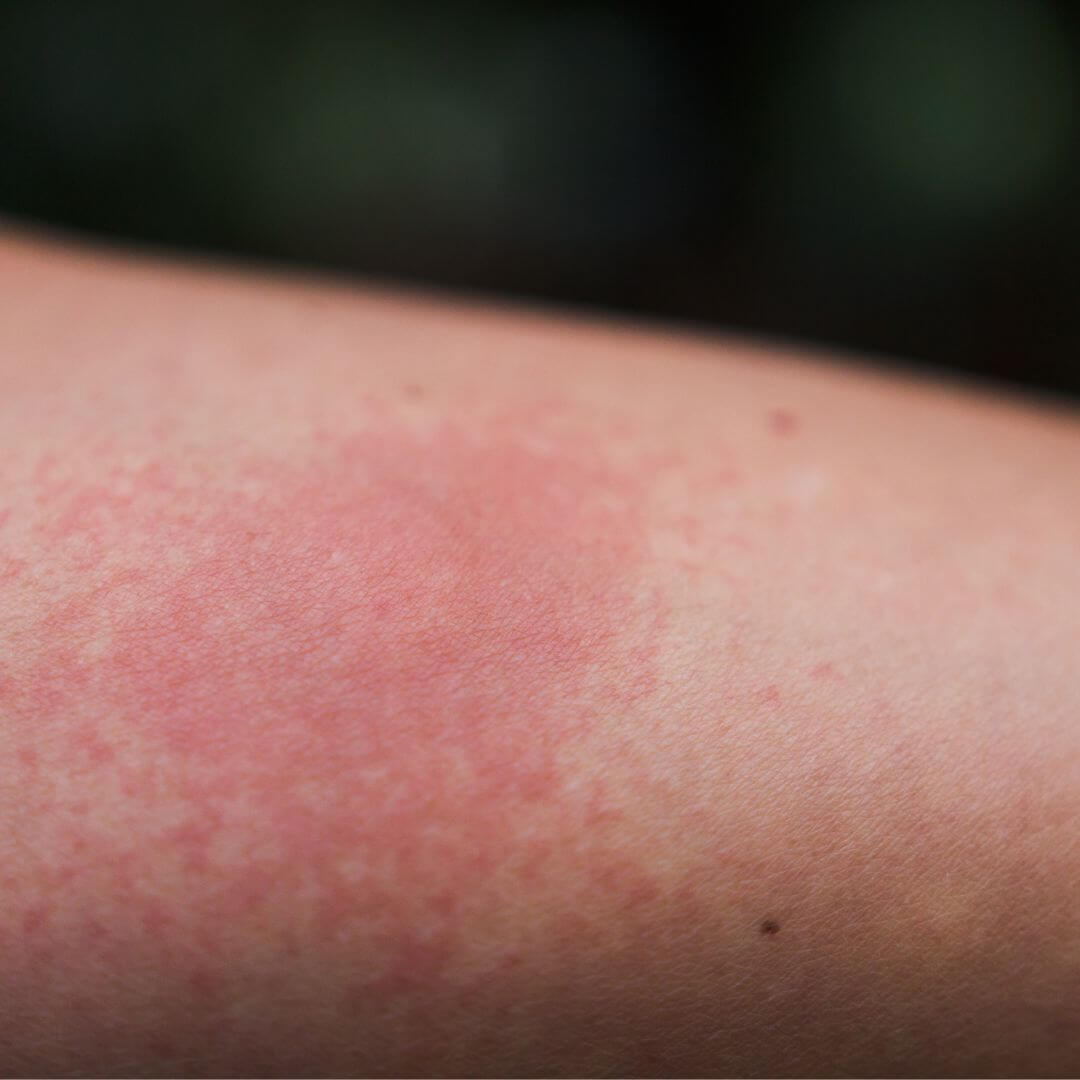
SLS has been found to cause a number of effects in animal studies. In concentrations as low as 10%, SLS was found to cause skin corrosion.
Source:
http://ijt.sagepub.com/content/2/7/127
Pollutant

SLS released into waterways from personal care use can affect aquatic systems and harm marine life. Birds in SLS-polluted water are at risk for death.
Source:
https://pubmed.ncbi.nlm.nih.gov/31927089/
https://www.jstor.org/stable/3800280
Eye Damage

A 10% concentration of SLS caused corneal damage in rabbits’ eyes when not rinsed out immediately. SLS is used in lab tests to induce eye irritation.
Source:
http://ijt.sagepub.com/content/2/7/127
Pesticide
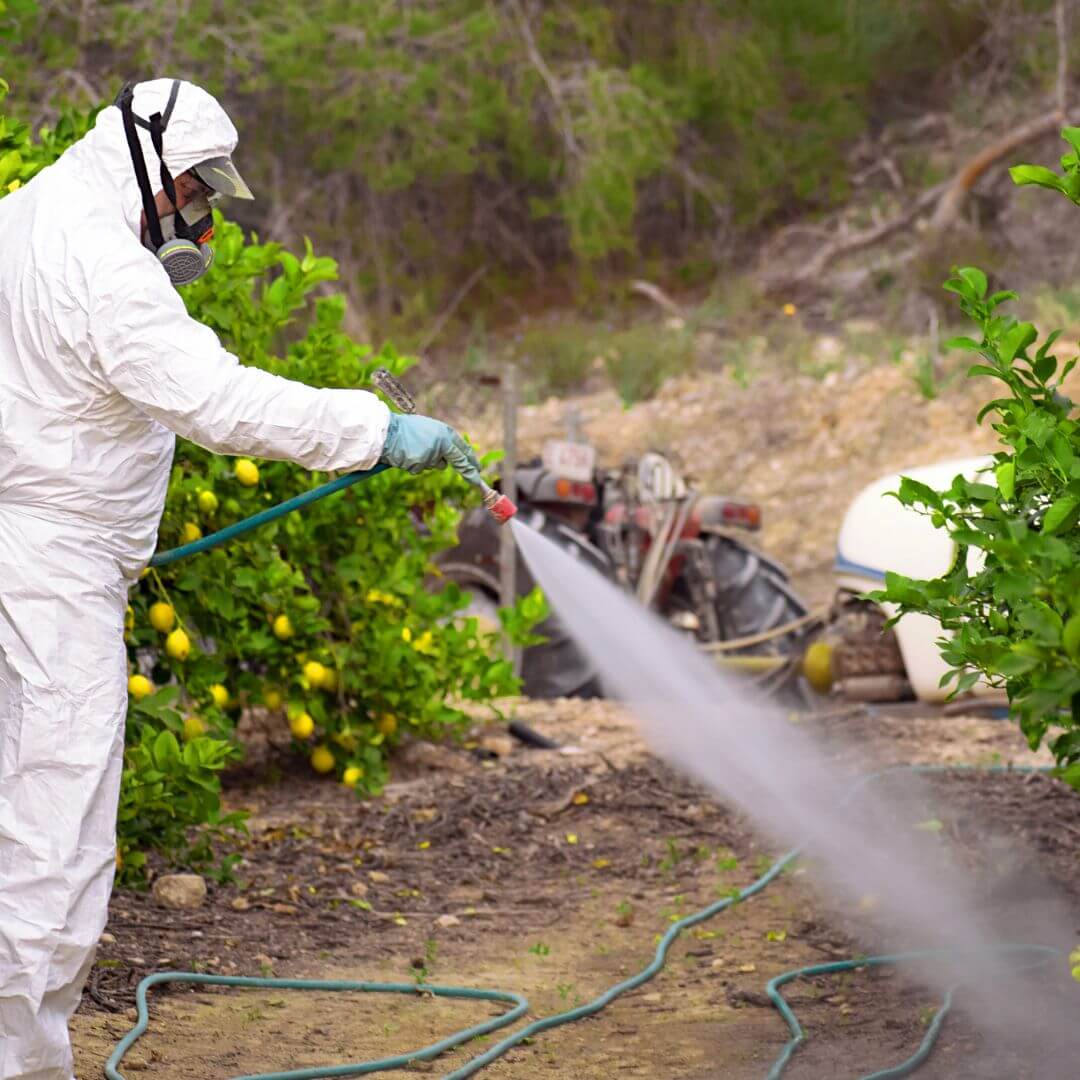 SLS is toxic to plants and insects, and is used as a pesticide and herbicide in agriculture.
SLS is toxic to plants and insects, and is used as a pesticide and herbicide in agriculture.
Source:https://www3.epa.gov/pesticides/chem_search/reg_actions/reregistration/fs_G-52_1-Sep-93.pdf
Nitrosamines
 SLS is a nitrostating agent, meaning it can break down or cause other chemicals to break down and form a class of carcinogenic chemicals called nitrosamines.
SLS is a nitrostating agent, meaning it can break down or cause other chemicals to break down and form a class of carcinogenic chemicals called nitrosamines.
Source: http://www.t3db.ca/toxins/T3D3629
Penetration Enhancer
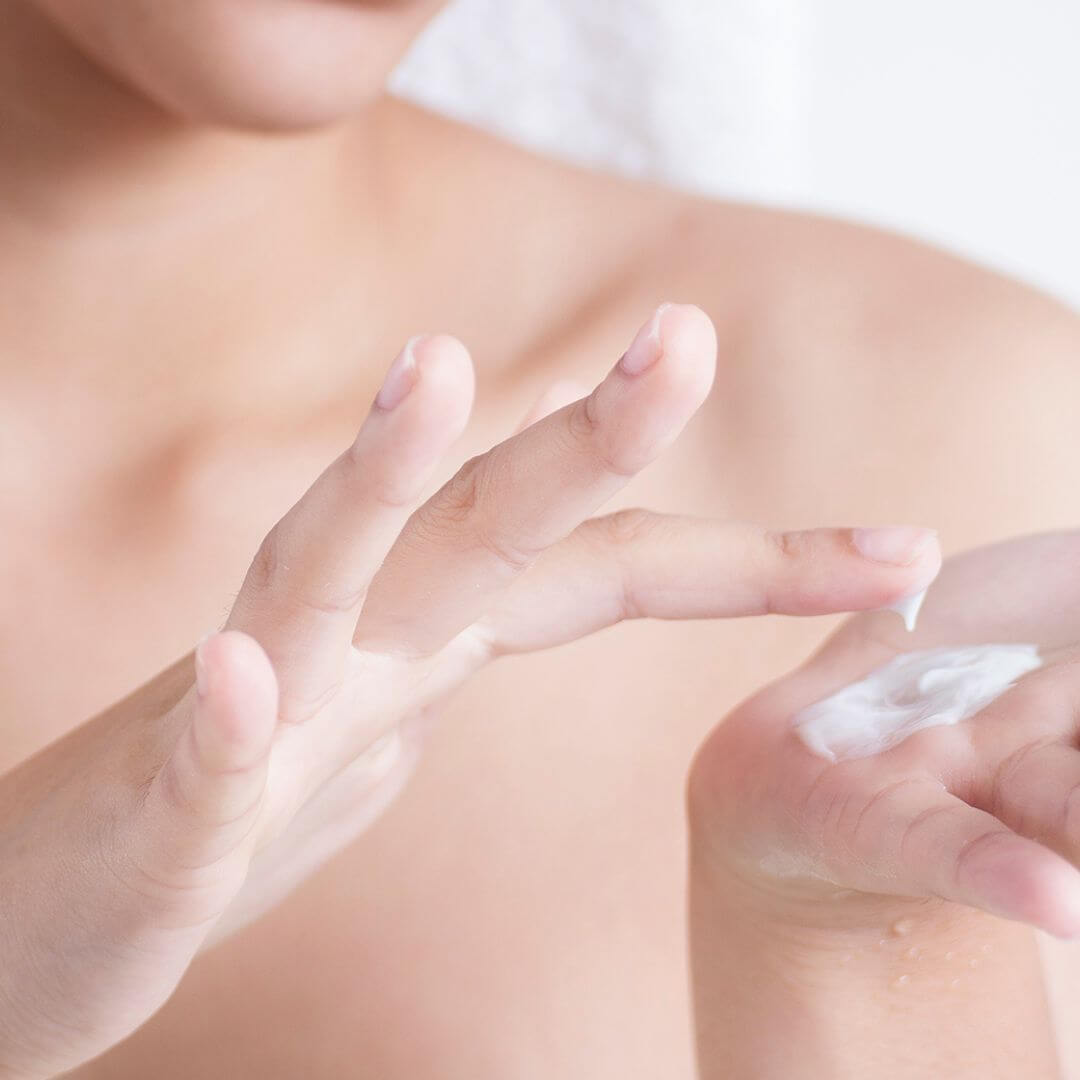 Has the ability to pass through the skin's barrier and bring other chemicals with it.
Has the ability to pass through the skin's barrier and bring other chemicals with it.
Source:
http://www.ncbi.nlm.nih.gov/pmc/articles/PMC3283952/
Inflammatory
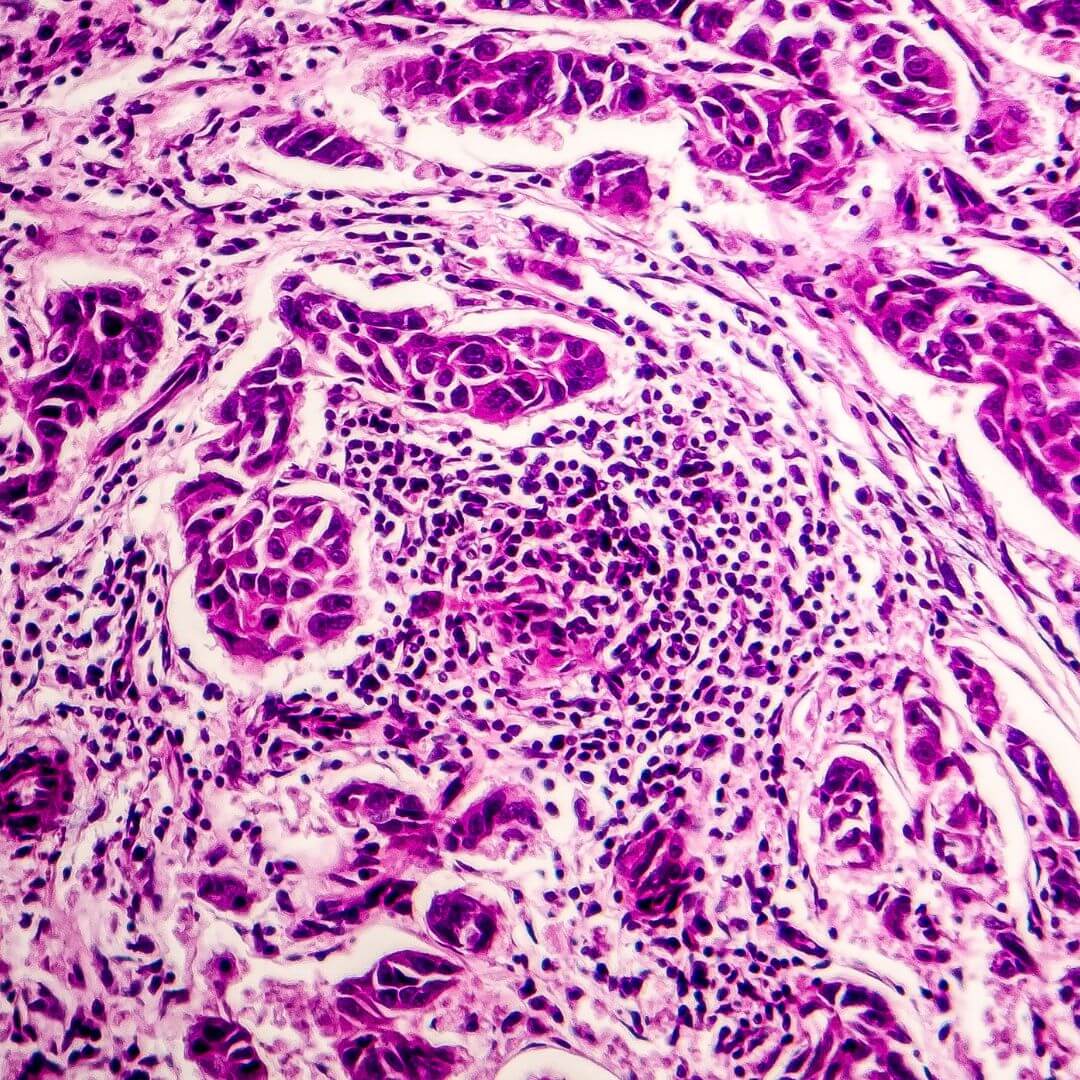 SLS is thought to create an inflammatory response in skin and other organs due to its ability to inhibit lymph cells.
SLS is thought to create an inflammatory response in skin and other organs due to its ability to inhibit lymph cells.
https://pubmed.ncbi.nlm.nih.gov/3759258
Irritant
 Known to be a "severe skin irritant" and at even low concentrations can cause transepidermal water loss, leading to dry skin or eczema.
Known to be a "severe skin irritant" and at even low concentrations can cause transepidermal water loss, leading to dry skin or eczema.
Recent Posts
-
Is Charcoal Safe in Deodorant?
Activated charcoal has become a popular natural ingredient in toothpaste, deodorant, soaps, facial c …5th Mar 2024 -
Is Stevia an Endocrine Disruptor?
Is Stevia an Endocrine Disruptor?Stevia rebaudiana, an herb native to Paraguay and Brazil, contains …9th Feb 2024 -
Is Aloe Vera Toxic?
Containing more than 200 different chemical compounds, aloe vera plants and extracts have long been …9th Feb 2024
